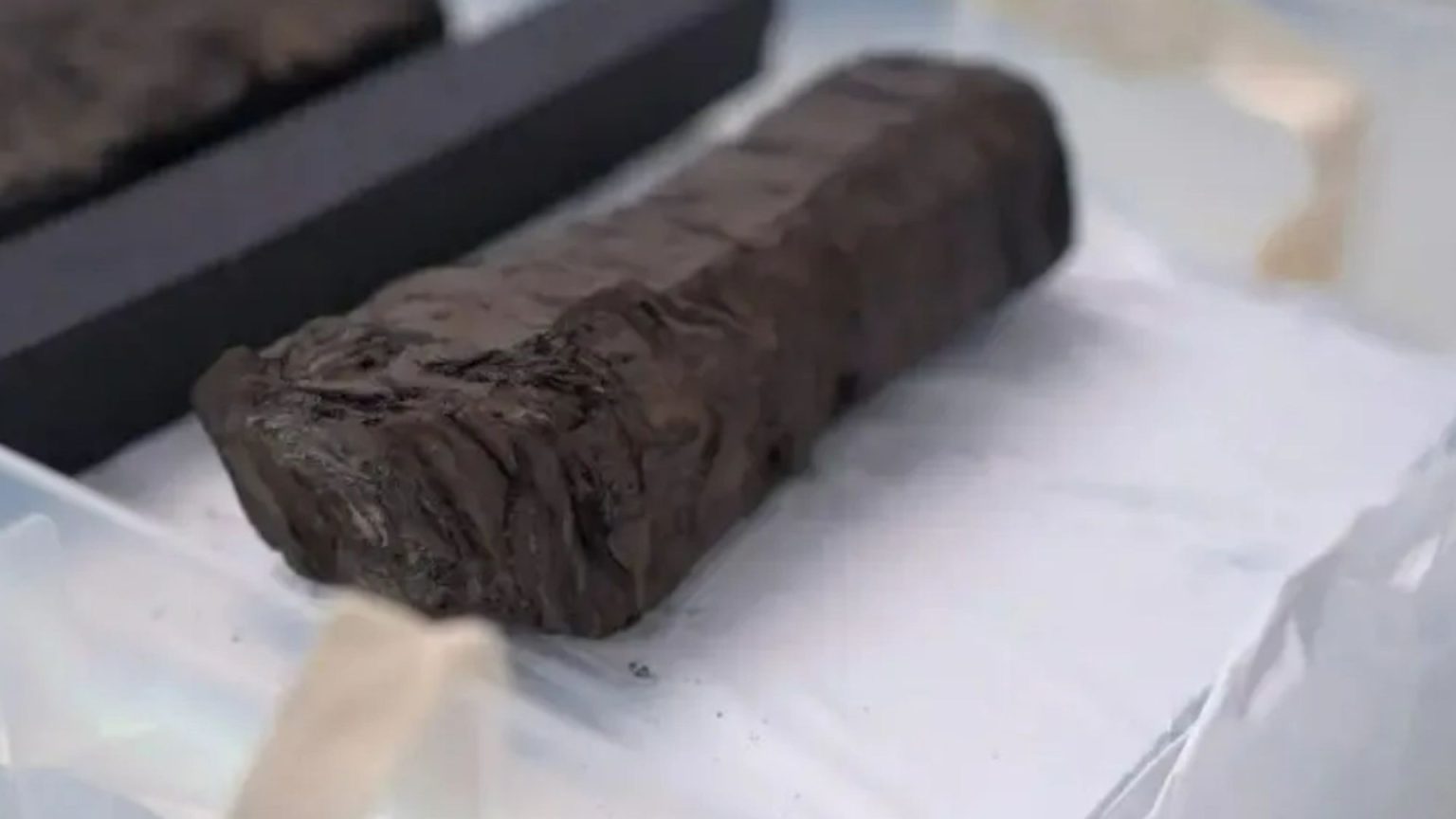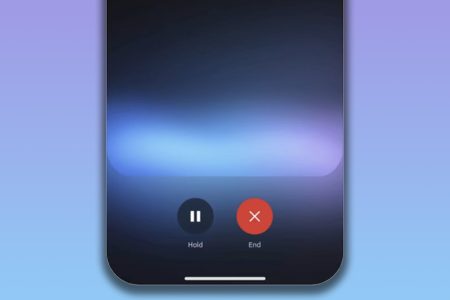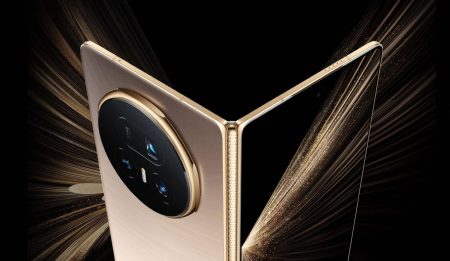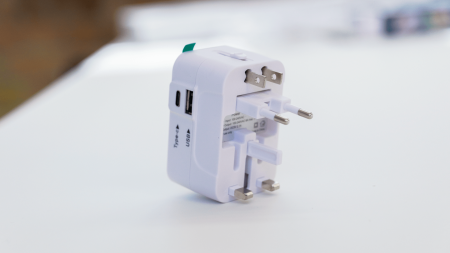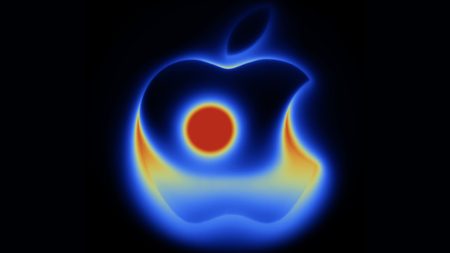The rediscovery of lost knowledge: Deciphering the Herculaneum scrolls
The eruption of Mount Vesuvius in 79 AD buried the Roman town of Herculaneum, along with hundreds of papyrus scrolls, under a torrent of volcanic ash. These scrolls, carbonized by the intense heat, have remained largely unreadable for two millennia. Now, advanced imaging techniques coupled with artificial intelligence (AI) offer a promising new avenue for deciphering these fragile remnants of the past. One such scroll, held by the University of Oxford’s Bodleian Library, has recently undergone a non-invasive, digital unwrapping process. This breakthrough avoids the physical manipulation that would inevitably disintegrate the fragile papyrus, allowing scientists to visualize the text within. Initial results are encouraging, with researchers expressing confidence in their ability to decipher substantial portions, if not the entirety, of the scroll. The emerging text appears to be a philosophical work, a common theme among the Herculaneum papyri.
The Vesuvius Challenge: A catalyst for technological advancement
The Vesuvius Challenge, an international competition spurred by the desire to unlock the secrets held within the Herculaneum scrolls, has fueled remarkable technological progress. Prior attempts to unravel the scrolls often resulted in their fragmentation, rendering them unreadable. The challenge has incentivized researchers to develop non-destructive methods of analysis, leading to the application of advanced X-ray imaging and AI algorithms. These cutting-edge techniques allow researchers to virtually unroll the scrolls, revealing layers of text without physical intervention. The utilization of powerful X-ray beams at facilities like the Diamond Light Source in Oxfordshire provides detailed 3D reconstructions, capturing the intricate structure of the papyrus and the ink within.
The power of X-rays and AI in deciphering ancient texts
The synergy of X-ray imaging and AI is revolutionizing the study of ancient texts. X-rays, particularly micro-computed tomography (micro-CT), generate high-resolution 3D scans, capturing the layers of the scroll without physical manipulation. This method is crucial for preserving the integrity of the fragile papyri. Furthermore, X-rays can detect density variations, differentiating the carbonized ink from the carbonized papyrus, a task nearly impossible for the human eye. AI algorithms then take center stage, analyzing the 3D X-ray data to segment layers of text, enhance faint markings, and even reconstruct incomplete sections. This powerful combination unveils characters invisible to the naked eye and allows for a more comprehensive interpretation of the text.
The Vesuvius Challenge and its impact on the field
The Vesuvius Challenge has already demonstrated significant success in deciphering Herculaneum scrolls. In a previous achievement, the team deciphered approximately 5% of another scroll, revealing a text on Greek Epicurean philosophy, a school of thought also anticipated in the Bodleian scroll. The challenge further offers substantial financial rewards for successful decipherments, including a £400,000 prize for decoding PHerc.172, a significant scroll unearthed from the Villa of the Papyri. This villa, believed to have belonged to Julius Caesar’s father-in-law, housed an extensive library of Greek philosophy and potentially undiscovered Roman literature. The competition has garnered the attention and financial support of influential figures like Elon Musk, further propelling research efforts.
Pompeii and Herculaneum: Victims of Vesuvius’ fury
The catastrophic eruption of Mount Vesuvius in 79 AD not only destroyed Herculaneum but also the nearby city of Pompeii. Both settlements were buried under volcanic ash and lost for centuries. The intensity of the eruption, estimated to have released thermal energy hundreds of thousands of times greater than the atomic bombs dropped on Hiroshima and Nagasaki, instantly killed the inhabitants. The absence of air and moisture preserved the remains beneath the ash layers, offering a unique snapshot of Roman life. Excavations have unearthed remarkable artifacts, including human bodies preserved in their final poses by the injection of plaster into the voids left in the ash.
The ongoing threat of Vesuvius
Mount Vesuvius remains an active and unpredictable volcano, posing a significant threat to the densely populated region surrounding Naples. Its history is punctuated by numerous eruptions, the most recent occurring in 1944. Despite its current dormant state, experts consider Vesuvius extremely active, highlighting the constant need for vigilance. Archaeological discoveries continue to surface from the area, providing further insight into the lives lost and the rich culture buried by Vesuvius’ fury. The ongoing excavations serve as a poignant reminder of the volcano’s destructive power and the enduring quest to uncover the secrets of the past.





